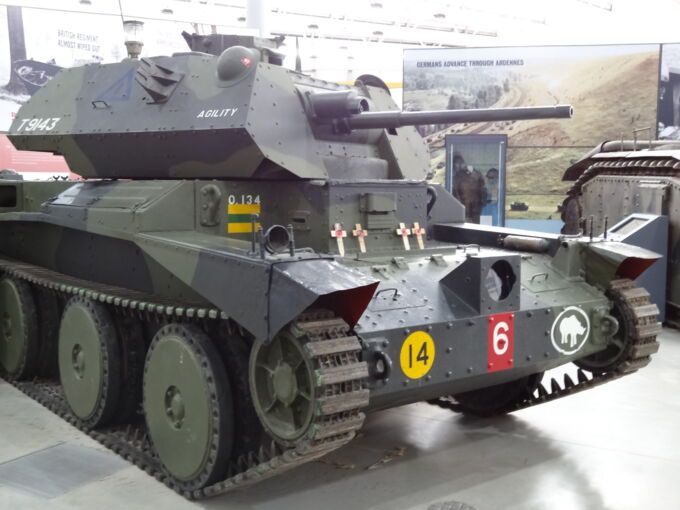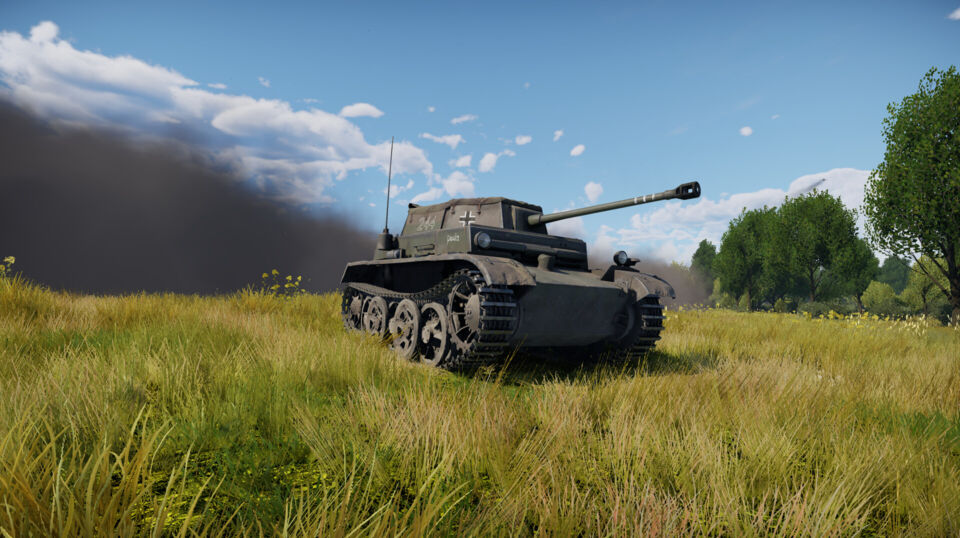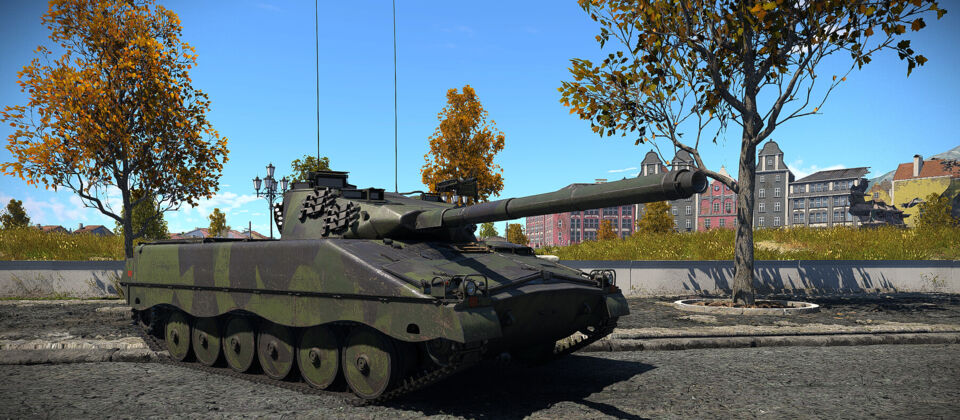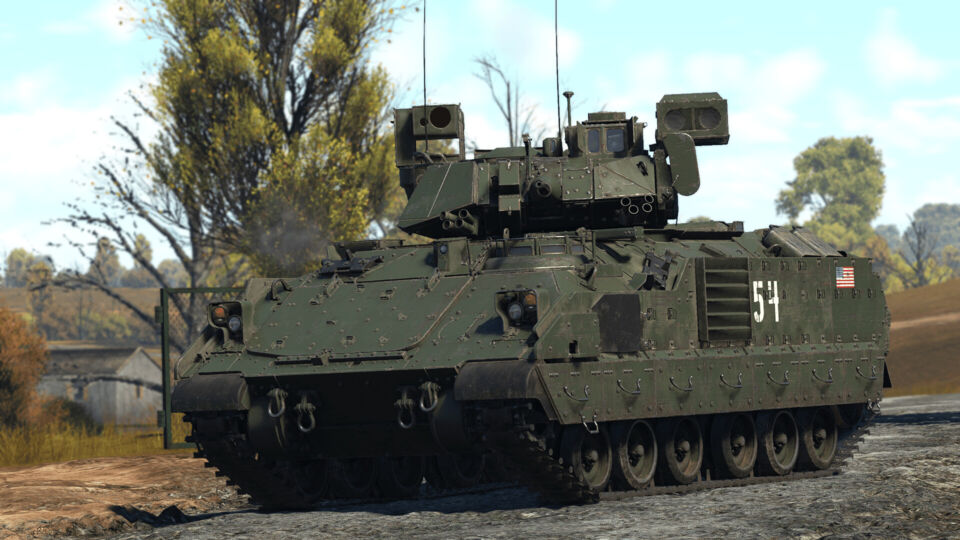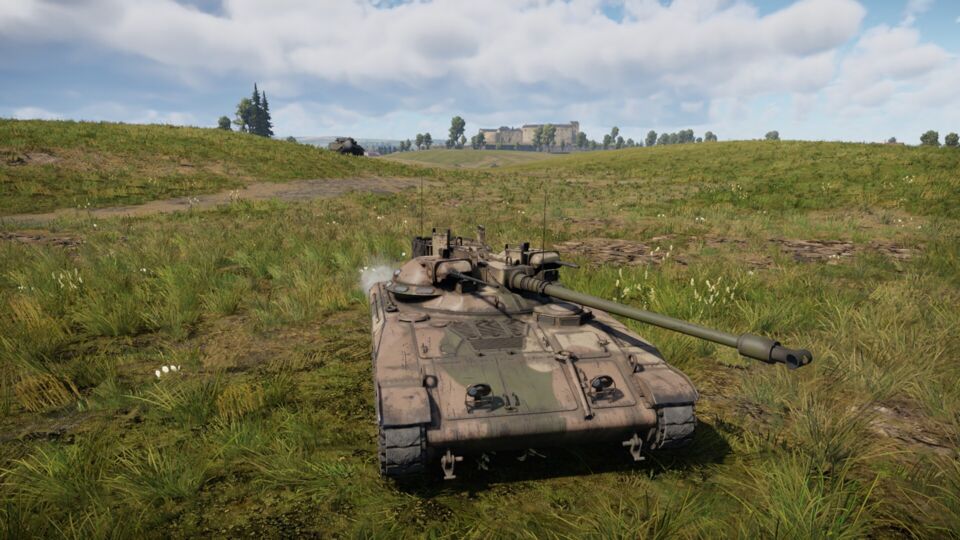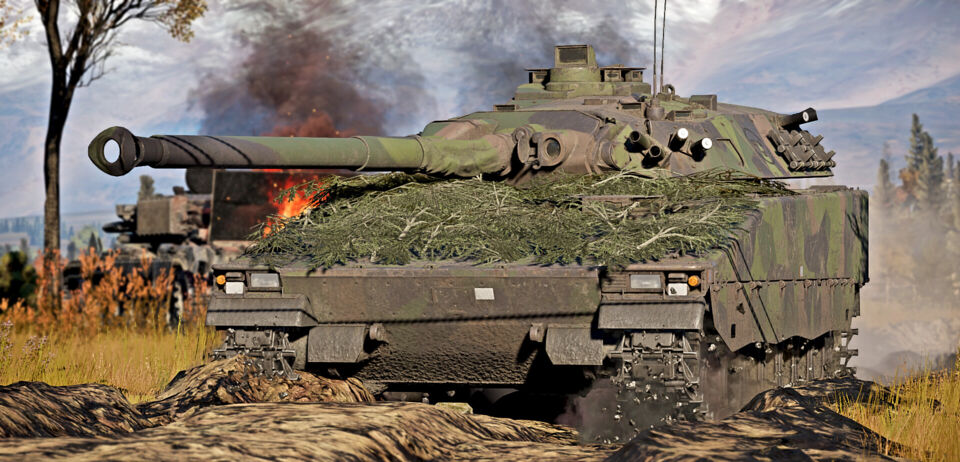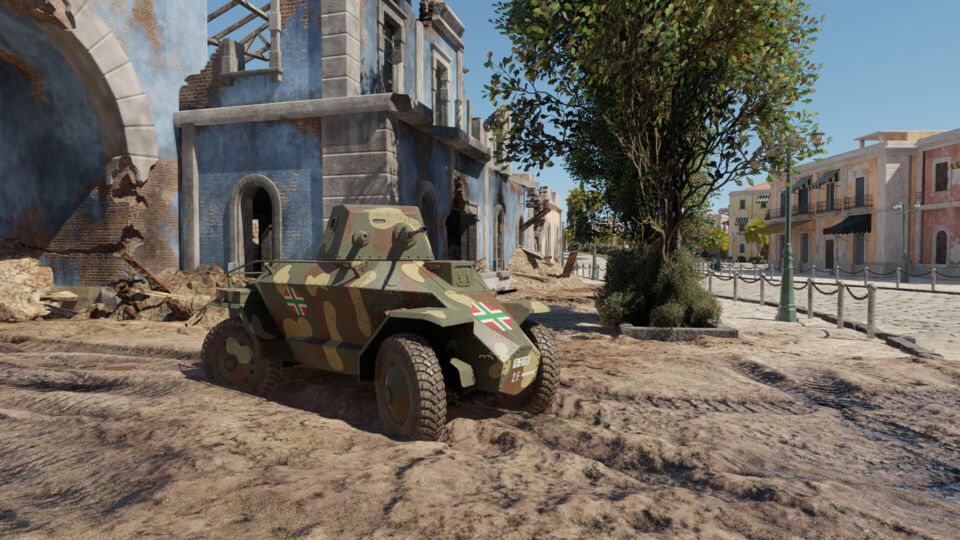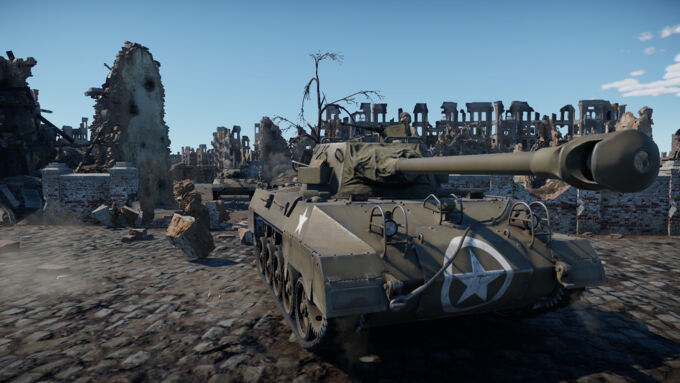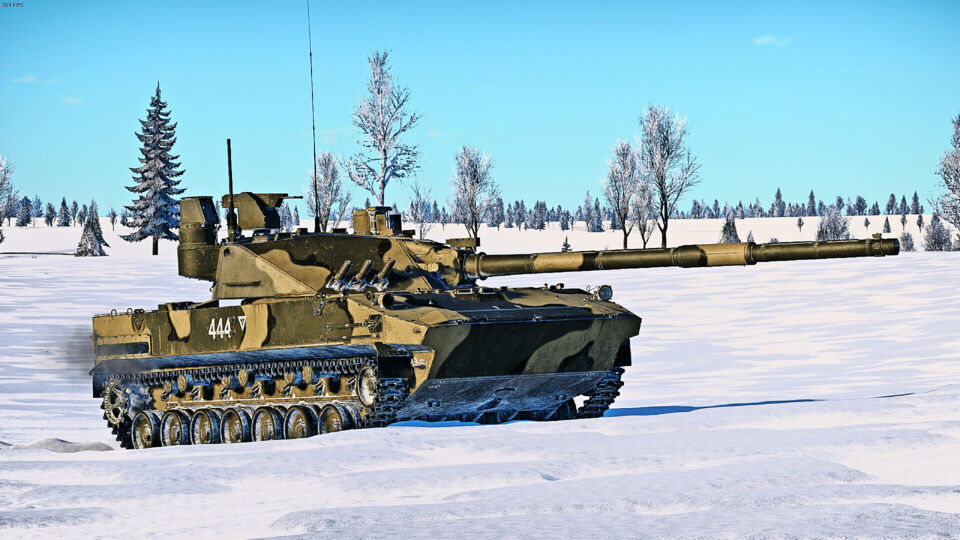#light_tanks
During the Second World War, there is no doubt that Germany led the world in military designs and innovations. However, in the years after the war, a near legendary status has surrounded Germany’s tanks, with names such as the Panther, Tiger I and King Tiger (and, of course, the redoubtable Maus) all coming to mind as nearly indestructable fighting machines. But was this actually the case? Were Panzers as amazing as we have been led to believe, and how have they gained such a formidable reputation?
The A13 series of tanks was a range of similar British cruiser tanks produced just before, and for the first few years of, the Second World War. They adhered almost single-mindedly to the doctrine of speed and mobility above all else, meaning they were quickly outclassed by newer designs on both sides. Despite this they had a strong impact on the development of British tanks for several years and were a mainstay of the British Army’s tank units in the opening years of the war.
As a fast, nimble yet fragile tank armed with a deadly cannon, the Pz.Sfl.Ic (likely known to veterans under its previous name, the Pz. II H) may prove challenging to master for those used to the more traditional, simpler playstyle of most other tanks at its Battle Rating. Nonetheless, should one put in the effort, they will find this little vehicle to be a true beast, capable of dominating the battlefield and knocking out most targets with a single hit.
The Ikv 91 is a light infantry fighting and support vehicle developed by Hägglunds. This tank was designed to fill a similar role as the Russian PT-76 tanks. The first prototypes of this vehicle were delivered in 1969 and underwent in-depth testing by the armed forces. The first prototypes did not feature an automatic transmission and also were only equipped with an optical rangefinder, which required the commander’s cupola to be notably bigger. In 1972, the Swedish army ordered 200 Ikv 91 tanks, with another 12 being ordered in 1975. After several modernization attempts, this vehicle was ultimately retired in 2002.
The M3A3, the upgraded descendant of the M3 Bradley, is a substantial and favored upgrade over the lightly armored CFV players are familiar with, boasting improved FCS, weaponry, and protection. But the M3A3, unlike its predecessor, is plagued by a slight but sluggish reduction in speed thanks to the armor plating on the hull and turret, and still possesses the familiar size of a city block that the M3 Bradley had. But if one ignores those downsides, they will find that this weaponized brick of war can hit just as hard as a brick thrown at Mach 1.
The T92 is an American prototype light tank developed in for the Cold War in the 1950s by Aircraft Armaments Inc. (AAI), the same company that later developed the HSTV-L. While the US Congress might have thought this tank was inadequate for its inability to swim, in War Thunder it is much more than adequate. Armed with a 76 mm cannon that can fire HEAT-FS, a quick reload, and a small hard-to-hit turret, the T92 is deadly. But what are its flaws, and how can its strengths be exploited for maximum effect?
The CV 90105 TML was a conceptualized light tank that resulted from a cooperation between Hägglunds and GIAT on the basis of the CV 90 platform while using various already existing components. The vehicle was showcased at Eurosatory in 1994 and was meant to show the multirole usage and capabilities of the CV 90 chassis. The vehicle underwent in-depth testing, but ultimately no country ever showed interest in the tank, and the project was abandoned.
After the Hungarian peace treaty of World War I (Treaty of Trianon), Hungary was not allowed to maintain any armored vehicles in the small authorized Hungarian Army. When tension began to rise in Europe, Hungary decided to modernize its army by acquiring new tanks and armored cars. This new tank development program resulted in the 40.M Turán, while the armored car program resulted in the 39.M Csaba. Added in the Sons of Attila update, the Csaba is often neglected compared to the Italian L3/33C or the German Sd.Kfz.222, but it remains an interesting option in the Italian tech tree, as well as having an interesting history.
The 76 mm Gun Motor Carriage M18 “Hellcat” was designed as a fast and mobile tank destroyer to counter German armored forces. Unlike heavier tank destroyers such as the M36 GMC, the M18 traded armor for speed and agility, relying on “hit-and-run” tactics as a rapid response to tank blitzkrieg attacks. Entering service in 1944, the Hellcat was armed with the powerful 76 mm M1 cannon, and was the fastest tracked armored vehicle of World War II.
Few people know it, fewer people adore it. It is the VDV's vehicle of choice should they need MBT equivalent firepower in a nimble and speedy package, it also is amphibious! It is bound to be a headache for any unlucky foe that crosses path with its powerful cannon, but don’t be fooled! It can be just as easily destroyed.

